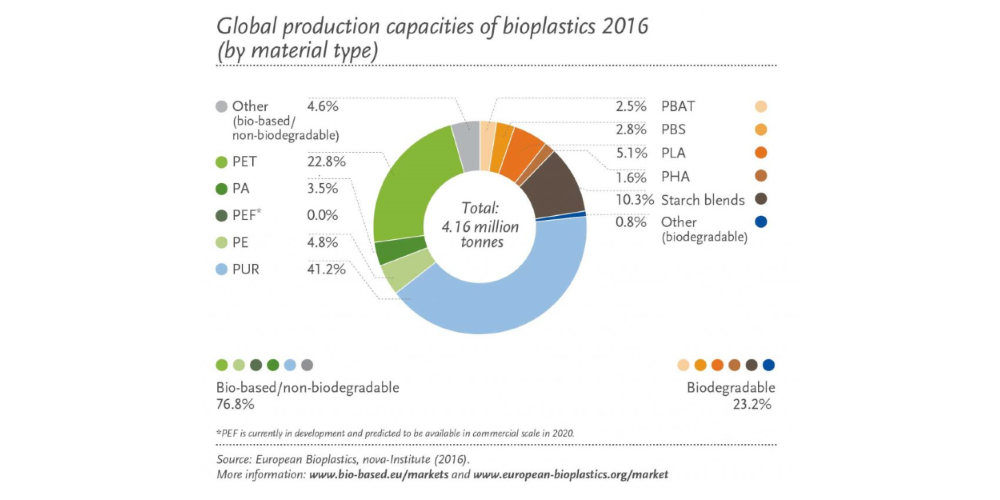The European Parliament recently took a plenary vote on waste legislation proposals around the EU Circular Economy Package. The vote of the Members of Parliament recognises the contributions of bioplastics to the EU circular economy and sends a clear signal that re-use and recycling remain of paramount priority in the pursuit of an EU circular economy. European Bioplastics (EUBP), the Berlin-based association representing the bioplastics industry in Europe, welcomes the positive outcome and support for the use of bio-based materials for packaging and improving market conditions for such materials and products.
“This vote is an important milestone in strengthening the link between the circular economy and the bioeconomy in Europe. Bio-based and recycled materials are starting to be equally recognised as a viable solution to make packaging more sustainable and reduce our dependency on finite fossil resources,” said François de Bie, Chairman of EUBP.
Organic recycling
The Plenary also voted for amendments of the Waste Framework Directive that support a definition of recycling that includes organic recycling. A separate collection of bio-waste will be initiated across Europe, facilitated by certified collection tools such as compostable bio-waste bags. In addition, the MEPs have voted to exclude mechanically or organically recyclable waste from landfills. “This will provide an important boost to the secondary resource market within the EU. Bio-based mechanically or organically recyclable plastics support circular thinking by lowering carbon emissions, helping to reach recycling quotas and keep valuable secondary raw materials and renewable carbon in the loop,” added de Bie.
Read the full article by Andy Pye on Prospector.



